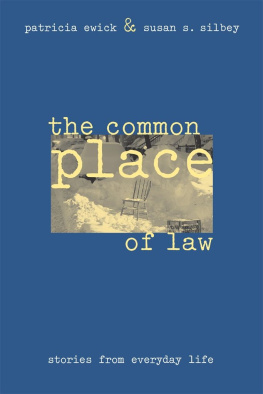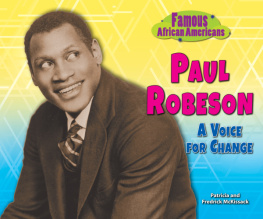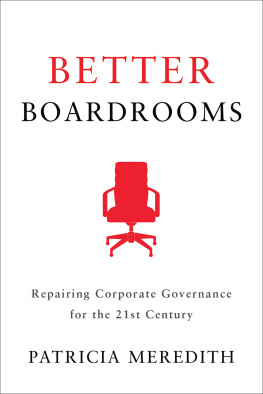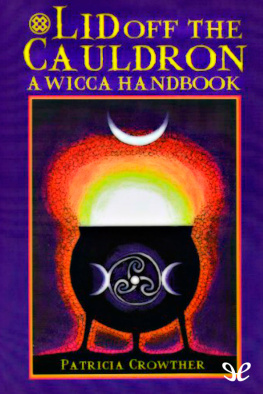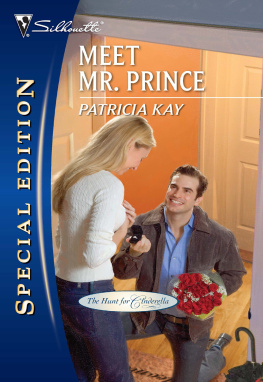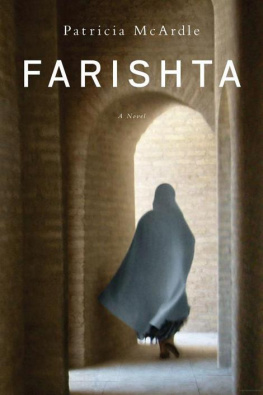Patricia Ewick - The Common Place of Law
Here you can read online Patricia Ewick - The Common Place of Law full text of the book (entire story) in english for free. Download pdf and epub, get meaning, cover and reviews about this ebook. year: 2014, publisher: University of Chicago Press, genre: Home and family. Description of the work, (preface) as well as reviews are available. Best literature library LitArk.com created for fans of good reading and offers a wide selection of genres:
Romance novel
Science fiction
Adventure
Detective
Science
History
Home and family
Prose
Art
Politics
Computer
Non-fiction
Religion
Business
Children
Humor
Choose a favorite category and find really read worthwhile books. Enjoy immersion in the world of imagination, feel the emotions of the characters or learn something new for yourself, make an fascinating discovery.
- Book:The Common Place of Law
- Author:
- Publisher:University of Chicago Press
- Genre:
- Year:2014
- Rating:4 / 5
- Favourites:Add to favourites
- Your mark:
- 80
- 1
- 2
- 3
- 4
- 5
The Common Place of Law: summary, description and annotation
We offer to read an annotation, description, summary or preface (depends on what the author of the book "The Common Place of Law" wrote himself). If you haven't found the necessary information about the book — write in the comments, we will try to find it.
The Common Place of Law — read online for free the complete book (whole text) full work
Below is the text of the book, divided by pages. System saving the place of the last page read, allows you to conveniently read the book "The Common Place of Law" online for free, without having to search again every time where you left off. Put a bookmark, and you can go to the page where you finished reading at any time.
Font size:
Interval:
Bookmark:
The University of Chicago Press, Chicago 60637
The University of Chicago Press, Ltd., London
1998 by The University of Chicago
All rights reserved. Published 1998
Printed in the United States of America
14 13 12 11 10 09 08 5 6 7 8
ISBN: 978-0-226-21270-8 (ebook)
ISBN: 0-226-22742-1 (cloth)
ISBN: 0-226-22744-8 (paper)
Library of Congress Cataloging-in-Publication Data
The common place of law : stories from everyday life / Patricia Ewick and Susan S. Silbey.
p. cm.(Language and legal discourse)
Includes bibliographical references and index.
ISBN 0-226-22742-1 (cloth : alk. paper).ISBN 0-226-22744-8 (pbk.: alk. paper)
1. Culture and law. 2. Sociological jurisprudence. 3. LawUnited StatesCase studies. 4. LawNew JerseyCase studies. I. Ewick, Patricia. II. Silbey, Susan S. III. Series.
K487.C8C657 1998
340'.115dc21
97-45760
CIP
 The paper used in this publication meets the minimum requirements of the American National Standard for Information SciencesPermanence of Paper for Printed Library Materials, ANSI Z39.48-1992.
The paper used in this publication meets the minimum requirements of the American National Standard for Information SciencesPermanence of Paper for Printed Library Materials, ANSI Z39.48-1992.
Patricia Ewick & Susan S. Silbey
The Common Place of Law
Stories from Everyday Life
THE UNIVERSITY OF CHICAGO PRESS
CHICAGO AND LONDON
LANGUAGE AND LEGAL DISCOURSE
A series edited by William OBarr and John M. Conley
The Bilingual Courtroom: Court Interpreters in the Judicial Process
Susan Berk-Seligson
Rules versus Relationships: The Ethnography of Legal Discourse
John M. Conley and William OBarr
Getting Justice and Getting Even: Legal Consciousness among Working-Class Americans
Sally Engle Merry
The Language of Judges
Lawrence M. Solan
Reproducing Rape: Domination through Talk in the Courtroom
Gregory M. Matoesian
Rights at Work: Pay Equity and the Politics of Legal Mobilization
Michael W. McCann
Dealing in Virtue: International Commercial Arbitration and the Construction of a Transnational Legal Order
Yves Dezalay and Bryant G. Garth
Pronouncing and Persevering: Gender and the Discourse of Disputing in Coastal Kenyan Islamic Courts
Susan F. Hirsch
Just Words: Law, Language, and Power
John M. Conley and William M. OBarr
For Benjamin, Nicholas, Anna, and Jessica
Law, say the gardeners, is the sun,
Law is the one
All gardeners obey
To-morrow, yesterday, to-day.
Law is the wisdom of the old
The impotent grandfathers shrilly scold;
The granchildren put out a treble tongue,
Law is the senses of the young.
Law, says the priest with a priestly look,
Expounding to an unpriestly people,
Law is the words in my priestly book,
Law is my pulpit and my steeple.
Law, says the judge as he looks down his nose,
Speaking clearly and most severely,
Law is as Ive told you before,
Law is as you know I suppose,
Law is but let me explain it once more,
Law is The Law.
Yet law-abiding scholars write:
Law is neither wrong nor right,
Law is only crime
Punished by place and by times,
Law is the clothes men wear
Anytime, anywhere,
Law is Good-morning and Good-night.
Others say, Law is our Fate:
Others say, Law is our State;
Others say, others say
Law is no more
Law has gone away.
W. H. AUDEN (1939)
CONTENTS
PREFACE
American society is filled with signs of legal culture. Every package of food, piece of clothing, and electrical appliance contains a label warning us about its dangers, instructing us about its uses, and telling us to whom we can complain if something goes wrong. Every time we park a car, dry-clean clothing, or leave an umbrella in a cloakroom, we are informed about limited liabilities for loss. Newspapers, television, novels, plays, magazines, and movies are saturated with legal images, while these same cultural objects display their claims to copyright. Moreover, the pervasiveness of law is not a new phenomenon. More than 150 years ago, Alexis de Tocqueville observed that in America all issues eventually become legal matters. We began this book with the hope of understanding the basis of this American romance with law.
The Common Place of Law uses stories of everyday life to discover the different ways in which people use and think about law. What are the different conceptions of law that encourage some people to call a lawyer if their neighbors dog disturbs their trash, and others to accept the losses and pain that may be caused by defective products, unsuccessful surgery, or discrimination? To what degree do Americans understand their lives through legal concepts and processes? We explore the meanings of law in American lives, including the degree to which Americans may be enthusiastically using law; we also explore peoples resistance to using law. In short, we want to know what legality means in the daily lives of Americans.
This book began with a request from the New Jersey Supreme Court Task Force on Minority Concerns for help in trying to find out whether, and in what ways, there might be racial discrimination in the New Jersey courts. Specifically, the task force had suggested that one of the most important and detrimental forms of racial variation might be the differential voluntary use of law and courts by minority populations. It seemed plausible to the task force that when faced with the option of using legal procedures (calling the police, filing a grievance, or initiating a lawsuit), minorities were more likely than nonminorities to refrain. Put differently, if Americans have a romance with law, it is not a universal attraction.
The courts request seemed to be an opportunity to put our professional skills to the service of a political project to which we are totally committedracial equality. Agreeing to design a research project for the task force was the beginning of a seven-year involvement during which the project was transformed from a relatively circumscribed set of policy questions to an exploration of fundamental problems in social theory and legal culture. We convinced the task force that we could answer their questions about differential use of courts only if we could understand the taken-for-granted place of law in the lives of New Jersey citizens. To do so, we had to look at more than the courts, or even legal disputes and problems.
We decided to collect stories of everyday experiences from a large number of people, and in the course of these conversations to see if we could locate the place of law in American culture. Collecting stories and having conversations is not the usual way of describing social science research. But this is not, we hope, a usual project of either qualitative or quantitative social science. Rather, we have self-consciously attempted to combine several different methods and to work at the intersections of several fields of scholarship in response to contemporary controversies in sociology, cultural studies, and legal theory. We have combined aspects of textual interpretation with survey research to mediate debates about the place of subject and observer, authorship and representation, as well as reliability and accuracy in social research. We also hope to contribute to the growing field of cultural studies by focusing not only on the symbols and representations embedded in legal materials, but on the production and reception of legal culture by citizens. Finally, we have interwoven sociological theories of social structure and human agency with theories of social construction to develop a model of the lived experiences of legality, its varieties and dimensions. Thus, this book sits at the intersection of several literatures and should be of interest to scholars in most social sciences, as well as socio-legal studies, legal theory, and cultural studies.
Next pageFont size:
Interval:
Bookmark:
Similar books «The Common Place of Law»
Look at similar books to The Common Place of Law. We have selected literature similar in name and meaning in the hope of providing readers with more options to find new, interesting, not yet read works.
Discussion, reviews of the book The Common Place of Law and just readers' own opinions. Leave your comments, write what you think about the work, its meaning or the main characters. Specify what exactly you liked and what you didn't like, and why you think so.

